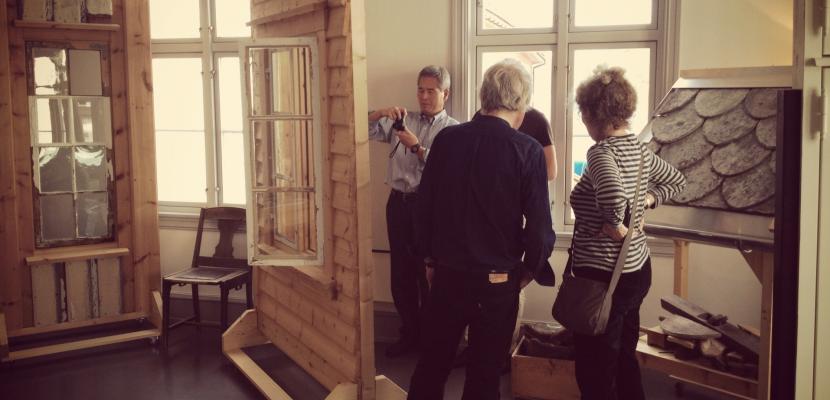
The importance of building preservation centres

About this good practice
Public authorities mainly guard heritage assets through planning regulations. Legitimacy and efficiency of these plans depends on the expertise amongst craftsmen and house owners. In this process the main advisor for house owners are the local craftsmen and not the heritage authorities. For example, much of the minor details that makes up the cultural environments can not be planned for but are more regulated by local customs. Also, a main challenge for house owners are the increased costs that comes with following antiquarian principles.
The two preservation centres in Agder provide guidance on restoration for individual house owners and professional craftsmen by focusing on traditional methods, practical rehabilitation and architectural styles. They produce small publications targeting owners in specific towns and organises training courses and seminars. To counter the problem with increased costs that comes with following antiquarian principles the preservation centres helps house owners applying for grants for restoration projects by providing condition analysis reports, as well as measurement and documentation reports.
The main target groups are craftsmen and house owners. For the public authorities the impact of their work has an important value as it supports the intention with the planning processes. To the extent preservation centres helps with winning grants for private rehabilitation project their work also have a direct economic impact in the communities.
Expert opinion
The good practice is about preservation centres helping house owners and craftsmen in preserving built heritage in accordance with the regulations. This approach is also beneficial for public authorities as it contributes to establishing constructive dialogue with citizens engaged in maintenance of built heritage. The practice proved to be successful and could be an inspiring example for other regions and cities facing challenges in preserving built heritage.
Resources needed
The extent of resources depends on the level of activity. The two preservation centres in Agder each employs a full time professional.
Evidence of success
The preservation centres are considered to be a success even though their impact is difficult to isolate and only be visible on a longer term. Through several publications they have contributed to highlight distinctive local building tradition. Report from Norsk Kulturminnefond shows that for each kroner granted from them to rehabilitation project generates additional 3,5 kroner. This confirms the importance of centres giving guidance to private house owners for applying for such grants.
Potential for learning or transfer
Preservation centres demonstrates that it is important for public authorities to maintain a positive dialogue with civil society outside the formal planning system. By encouraging and inspiring house owners and professional, through transfer of knowledge and supporting grant applications, the preservation centres represent a positive feedback mechanism, where the local society receives something in return besides the legal restrictions the planning system might impose. Preservation centres has been a highly popular development in Norway and exists in almost all regions.
Further information
Website
Good practice owner
You can contact the good practice owner below for more detailed information.
Vest-Agder County Council
